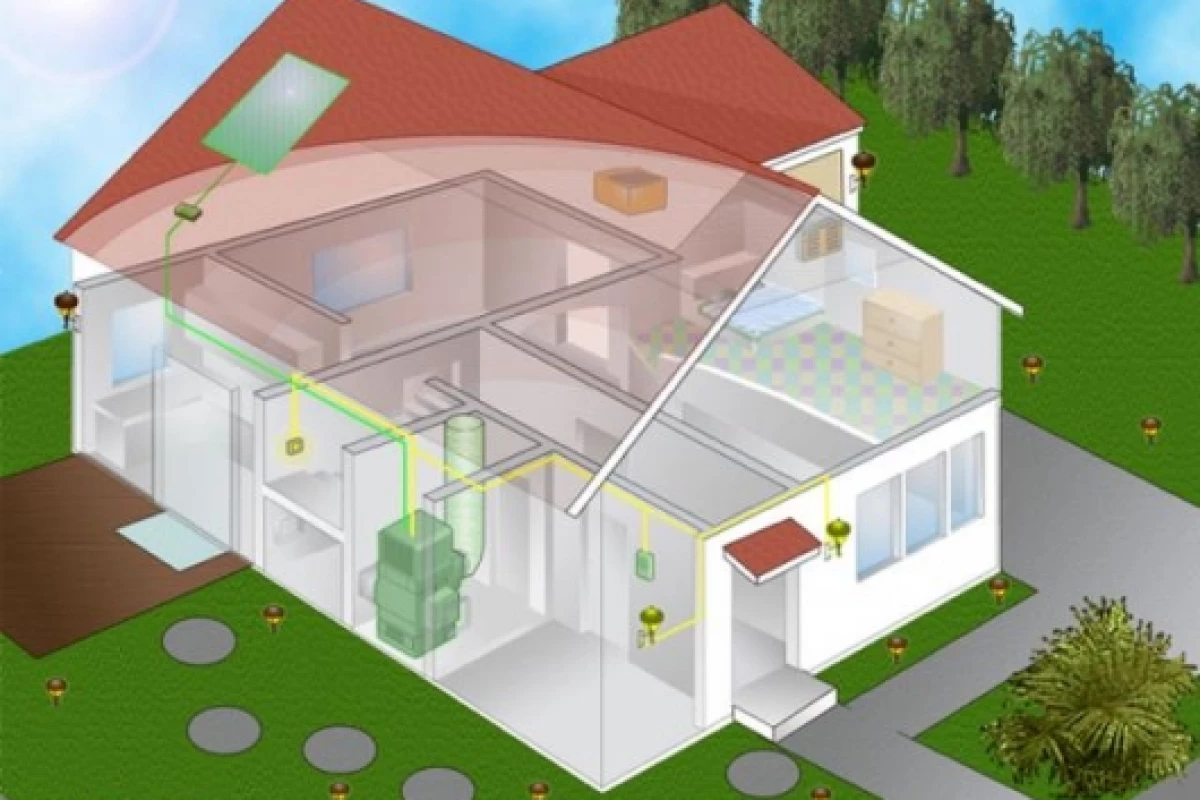August 5, 2007 Any renewable energy product that can compete with traditional systems is worth applauding and SolCool’s solar powered, Millennia 4.0 HVAC (Heating, Ventilation and Air Conditioning) air conditioner falls squarely into this category. The two-ton air conditioning system uses 75 percent less energy compared with equivalent high efficiency conventional systems according to the manufacturers and with a 6 to 18 hour battery bank capability, the Millennia can run 24/7 whilst relying very little on renewable energy to deliver near zero emission climate control.
Among all renewable energy sources, solar power is most easily marketed to both businesses and consumers. Its ability to scale up or down in size, as well as its rooftop placement, mean that it can be unobtrusively installed in a residency in a way that alternatives like huge wind turbines simply can’t. But the cost of hooking up a personal generator system and the problems associated with running them is often too prohibitive. Due to fluctuations in weather, and the lack of received power at night, solar power generators require storage systems to create a consistent level of output. Additionally, the transition of power from DC to AC causes a lot of the energy to be lost before it has been put to use. Even when the overheads are accounted, there's no guarantee that solar power will be competitive with grid electricity in efficiency or cost.
The Millennia 4.0 has tackled these problems in both its design and function. The nature of air conditioning means that it will be in greatest demand when the power collection is at its highest and by using a DC format, the SolCool operates at the highest possible level of efficiency. SolCool claims that the combination of solar power collectors and 6 to 18 hour capacity batteries allows it to run 24 hours a day, and that soon into its lifespan it will not only prove itself cheaper than a regular air conditioner, but will even cover the cost of the solar panels themselves. The Millennia system is also scaleable, enabling units to be combined or zoned for 2-10 ton applications.





